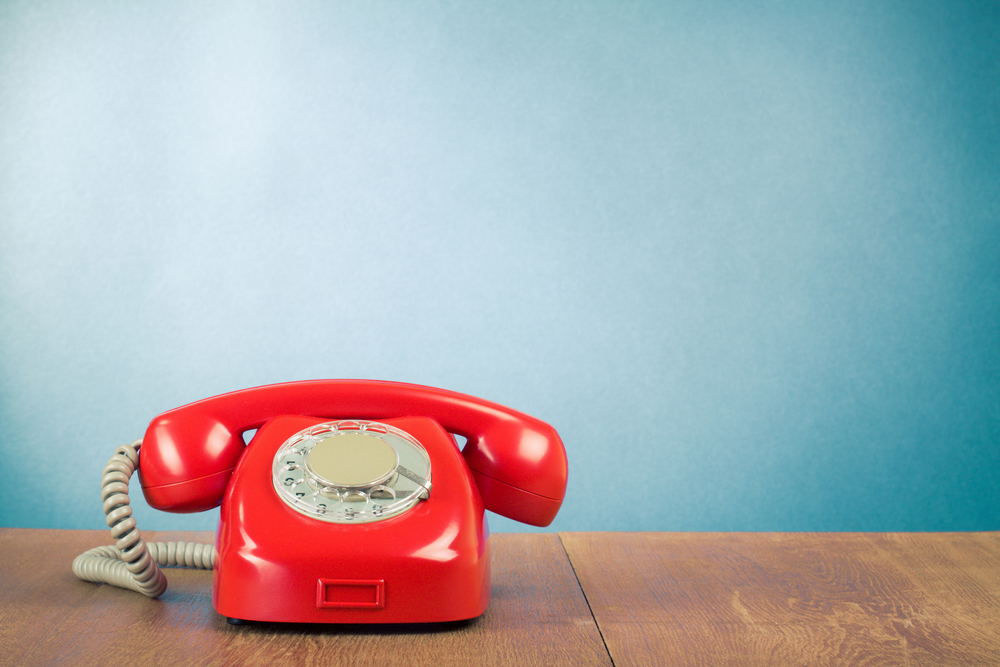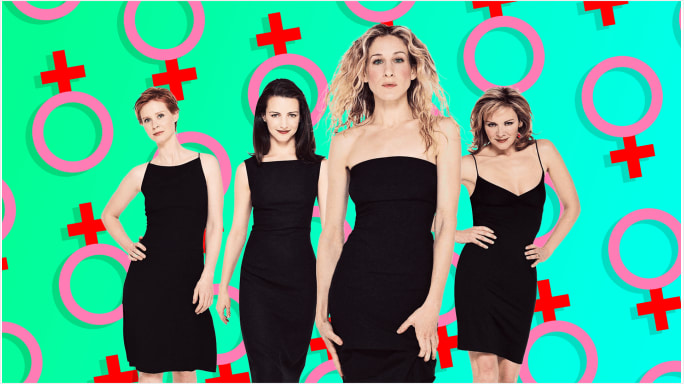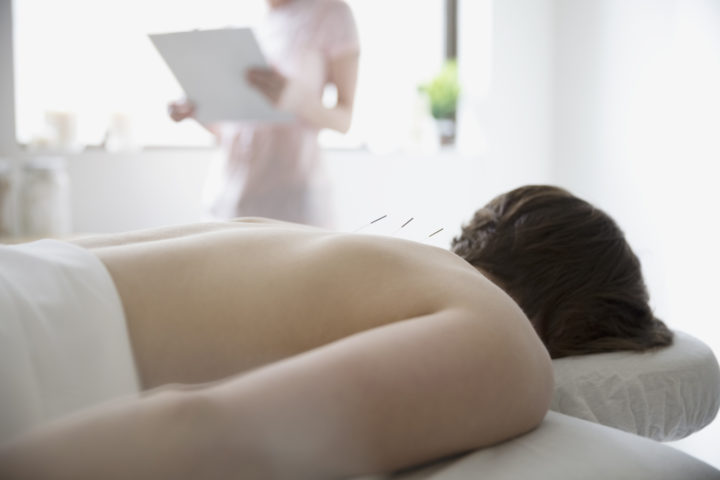When internet historians of the future look back to teen years of the 2000s, they will see a lot of media about periods—and that’s a good thing.
Normalizing tough conversations comes with its challenges. Those who are first to speak out get unfriended on Facebook or ignored as “one of those passionate activist” kind of people. And normalizing tough conversations about normal things isn’t any easier. (Just ask the guy who founded the now extinct Museum of Menstruation.)
However, whether our attempts are futile, mocked, trending for a few weeks, or successful over time, the conversation surrounding menstruation is slowly creeping into the non-taboo category.
And it’s efforts like these that are helping push periods out of the shadows:
Celebrity Body Talk
Anne Frank truly was beyond her time when it came to revealing intimate details about her body, but now she isn’t alone. Tina Fey, Amy Poehler, Mindy Kaling, and Sophia Bush (to name an awesome few), have taken to pages or primetime to talk about menstruation as casually as they would a sandwich. Not only do these women make great role models, but they also have male viewers who may slowly realize cowering in terror isn’t required when the p-word is mentioned.
No-Shame Period Products
When I first saw a Kotex commercial mocking the then-standard to portray menstruating women as a twirling goddess dressed all in white, I was hooked. Not only did the company subtly poke fun at its own industry, but it gave women reason to give a communal sigh of relief. It was finally acceptable to recognize that periods aren’t clean, crystal-blue dollops of liquid.
Then, came Thinx, “the period proof underwear that brought menses to the masses” by blasting product advertisements in public transit. One after another, products started popping up that both met needs and garnered some good conversations. Imagine what the year 2015 would have been like without menstrual cups, period dolls, and modern takes on cramp relief.
Artistic Renditions
If you’re a feminist painter, it may be no big deal to whip up a masterpiece detailing female life. And nowadays, being a feminist painter isn’t even a prerequisite. JCPenny and Urban Outfitters are just two of the major clothing brands to produce and sell merchandise with period-related designs. If Andy Warhol can make a soup can a trendy icon worthy of t-shirts, then department stores should have no problem picking up designs and hip graphics that hint to menstruation.
Aside from the expression of clothing, digital media whizzes have redefined pop culture art by altering traditional images to incorporate modern conversation. The artist Saint Hoax took the internet by storm after debuting his line of Disney princesses with period stains.
Social Media
Without the power of social media, the world’s period conversation would be a much quieter one. When a woman decided to run the London marathon with no tampon, she inspired a hashtag that peppered the internet with the concept of free bleeding, amongst other points. Now, when a women-centric topic needs to hit the mainstream, hashtags propel them there with relative ease.
And HelloFlo, of course, has produced and spread hilarious videos via social media that invite any and everyone into the period conversation through humor and realistic glimpses of real life.
Science & Technology
Perhaps the most unlikely place to find acknowledgment and acceptance of menstruation are the science and technology fields. Every day, new apps pop up to help track periods, fertility, and symptoms associated with menstruation. Developers’ attention on female targeted apps is bound to inspire more attention from the industry. After all, tapping into platforms and software designed entirely to support and meet period needs would mean serving an industry where half of the population is the target audience.
And that reach isn’t just limited to Earth. A paper published recently in a scientific journal explores “possible options for period suppression in space, and while training to go to space.” Of course, it’s all up to the female astronauts to decide—but men are talking and researching the option with the same respect they give to science.




comments